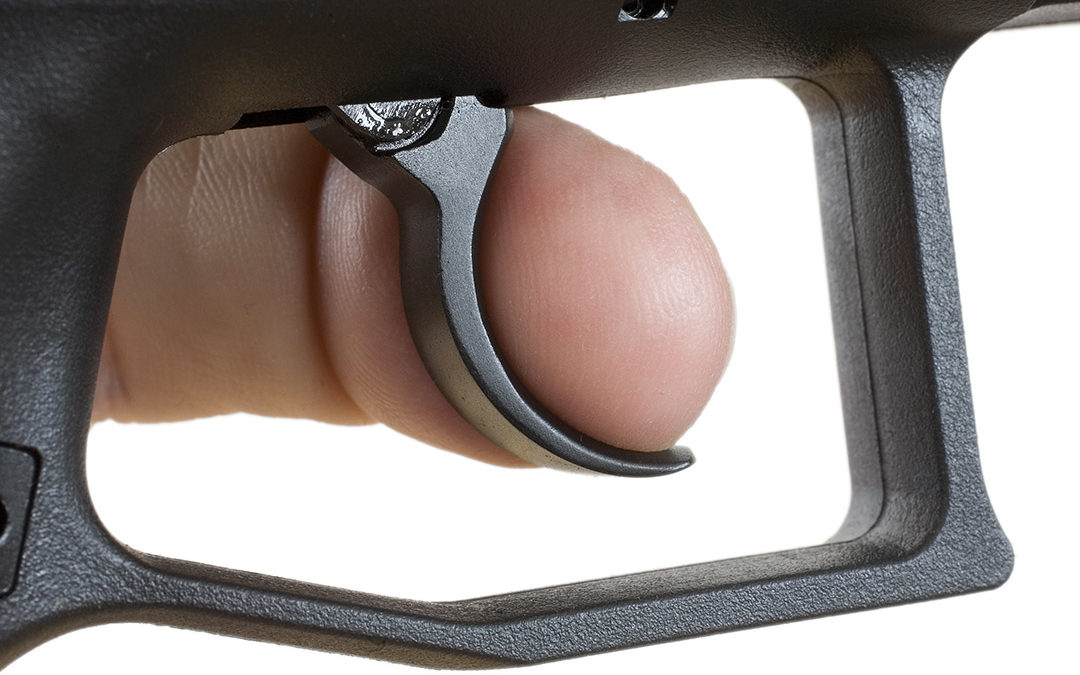Dry-Fire, Dry-Fire, Dry-Fire!
Dry firing is a technique that anyone can learn at the range, or at home. Dry firing simply means that you can fire a firearm with no ammunition. The trigger is pulled, the hammer falls, but nothing happens. It sounds boring, doesn’t it? Wrong! You’ll soon be a proponent of dry firing guns!
Dry Fire Safety
Before you start dry fire practice, make sure your firearm is not loaded.
Always unload the firearm “by procedure”. Call us if you have any questions! Always orient your firearm in a safe way, depending on the environment.
Always follow safety regulations!
Visualization
It’s important to mentally note that dry fire is not yet started. Visualization This is an important skill that gun enthusiasts use to mentally prepare themselves for the task of operating a weapon safely and accurately. Visualize each step of drawing, gripping and aiming your weapon. You can use your other senses to help you visualize the entire process. Visualize the texture of the grip, your target’s size, color, and shape, as well as the sound of the unexpected trigger break and the scent of freshly fired gun powder. Experts believe visualization is more effective than live-fire training for improving virtual shooting range skills. Use imagination and dry fire on a regular basis.
What do you see?
To create a good sight picture, pick a point on the wall (use sticky note) or a target. When using iron sights, keep your eyes on the front and not the target. The target should not be in focus. The front sight and rear sight should both be in focus. Keep your eyes on the front sight.
The shooter should keep his sights on the target when using an optic (red dots sight/holographic sight, etc.). This will give you an advantage as you can focus more on the target in front of your eyes and make it easier to acquire your target faster.
How do you feel?
You can prepare the trigger by placing your finger properly on it. Then, take all the tension off of it. Slowly increase pressure until the trigger stops. This will make it much easier to use live-fire. Keep in mind that we often “miss” when the trigger is pressed while the gun moves. Use minimal force. The front sight post should not move if the trigger is broken. You should go back to the basics of how you aim a pistol.
Rinse and Repeat
After you have dry fired one time, it is time to dry fire again. Each repetition simulates perfect live firing at the range for absolutely free! Charge the slide to reset it and then repeat. Practice 5 dry-fire repetitions for every live-fire rep at the range. This will help you to work through recoil anticipation as well as help you get used to the trigger of your firearm. Dry fire training will make it easy to last an hour with 50 rounds. Shoot Get out there and start pursuing it!
Not using snap-caps, dummy cartridges or snap-caps to dry-fire rim-fire firearms chambered in the.22 Long Rifle is a bad idea. You could endanger the firing pins of rim-fire firearms if you do not use snap-caps. Snap caps are also recommended by many firearm manufacturers to reduce damage to the breach-face and other areas.

